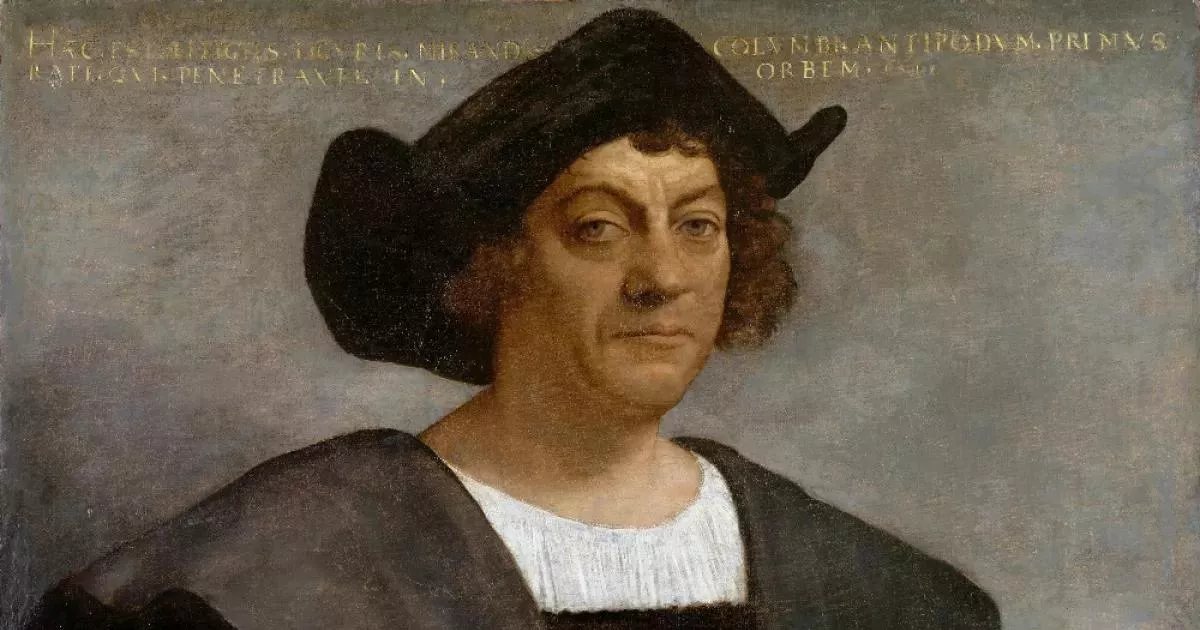A closer look at the lasting mark left by Christopher Columbus—a timeline of influence.
Christopher Columbus, an Italian explorer and navigator, completed four voyages across the Atlantic Ocean under the Spanish flag. These voyages initiated widespread European exploration and colonization of the Americas. Columbus's expeditions marked the first documented European contact with the Caribbean and Central and South America, paving the way for significant cultural exchange and historical transformation.
1909: Chapel dismantled and moved to Pennsylvania
In 1909, a 16th-century chapel from a Spanish castle reputedly owned by Diego Colón, was dismantled and moved from Spain to the Boal estate at Boalsburg, Pennsylvania.
1913: Suggestion to travel remains through Panama Canal
In 1913, U.S. Assistant Secretary of State John Eugene Osborne suggested that the discovered remains, believed to be Columbus's, travel through the Panama Canal as part of its opening ceremony.
1951: Boal Mansion Museum founded
In 1951, the Boal Mansion Museum was founded containing a collection of materials concerning later descendants of Columbus and collateral branches of the family.
1960: O'Gorman rejects Columbus discovery myth
In his 1960 monograph, Mexican philosopher and historian Edmundo O'Gorman explicitly rejects the Columbus discovery myth, arguing that the idea that Columbus discovered America was a misleading legend.
1992: Debate over the term "discovery"
In 1992, Félix Fernández-Shaw argued that the word "discovery" prioritizes European explorers and suggested that the word "encounter" is more appropriate when describing Columbus's arrival to America.
1992: Relocation to Columbus Lighthouse
In 1992, the remains believed to be Christopher Columbus's were moved to the Columbus Lighthouse in Santo Domingo Este.
June 2003: DNA samples taken from remains
In June 2003, DNA samples were taken from remains in Seville, as well as Columbus's brother and son, to verify the remains authenticity. Initial observations suggested that the bones did not appear to match Columbus's physique or age at death, however subsequent DNA and historical analysis confirmed that the remains belonged to Christopher Columbus.
2006: Publication about Columbus's seizure
In 2006, Isabel Aguirre and Consuelo Varela published their book, La caída de Cristóbal Colón: el juicio de Bobadilla (The fall of Christopher Colón: the judgement of Bobadilla), based on the discovery of an incomplete copy of testimonies against Columbus and his brother Bartholomew gathered in 1500.
2020: Removal of Columbus monuments
In 2020, following the murder of George Floyd, many public monuments of Christopher Columbus were removed due to protests and riots.
2020: Genetic analysis of Hispaniola's pre-Columbian population
In late 2020, genetic analysis suggested that the pre-Columbian population of Hispaniola was likely lower than previously estimated, perhaps as low as 10,000-50,000 for Hispaniola and Puerto Rico combined.
Mentioned in this timeline
Puerto Rico is a self-governing Caribbean archipelago and island that...
Pennsylvania is a U S state located in the Mid-Atlantic...
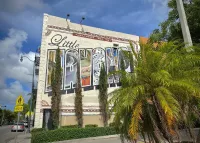
Miami is a major coastal city located in Florida United...
Florida a state in the Southeastern United States is largely...
Portugal is a country located on the Iberian Peninsula in...
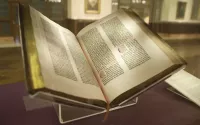
Books are a means of storing information as text or...
Trending

Simon Cowell is a prominent English television personality and businessman recognized for his role as a judge on various talent...
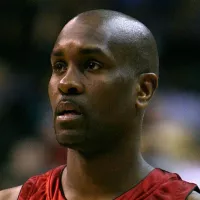
7 months ago Gary Payton Reflects on Jordan Matchup and Hypothetical Stats in Today's NBA
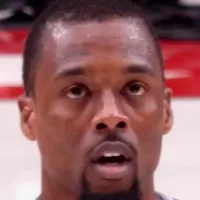
11 days ago Spurs Defeat Nuggets in Thrilling Game, Mavericks Face Nuggets

22 days ago Michael Douglas and Catherine Zeta-Jones Celebrate 25 Years of Marriage with Throwbacks
Luke Kornet is an American professional basketball player currently playing for the San Antonio Spurs in the NBA He's a...
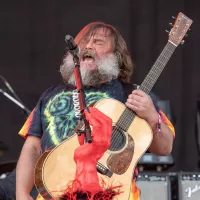
6 months ago Jack Black's Minecraft Movie Sets Premiere on HBO Max, June 20, 2025
Popular

Candace Owens is an American conservative political commentator and author...
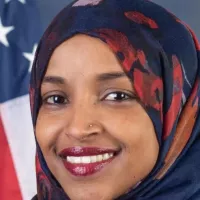
Ilhan Omar is an American politician currently serving as the...

XXXTentacion born Jahseh Dwayne Ricardo Onfroy was a controversial yet...
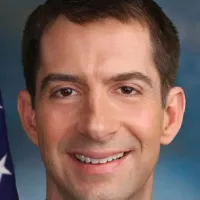
Tom Cotton is an American politician and Army veteran currently...
The Kennedy Center Honors are annual awards recognizing individuals and...

Kelsey Grammer is an accomplished American actor producer and singer...
